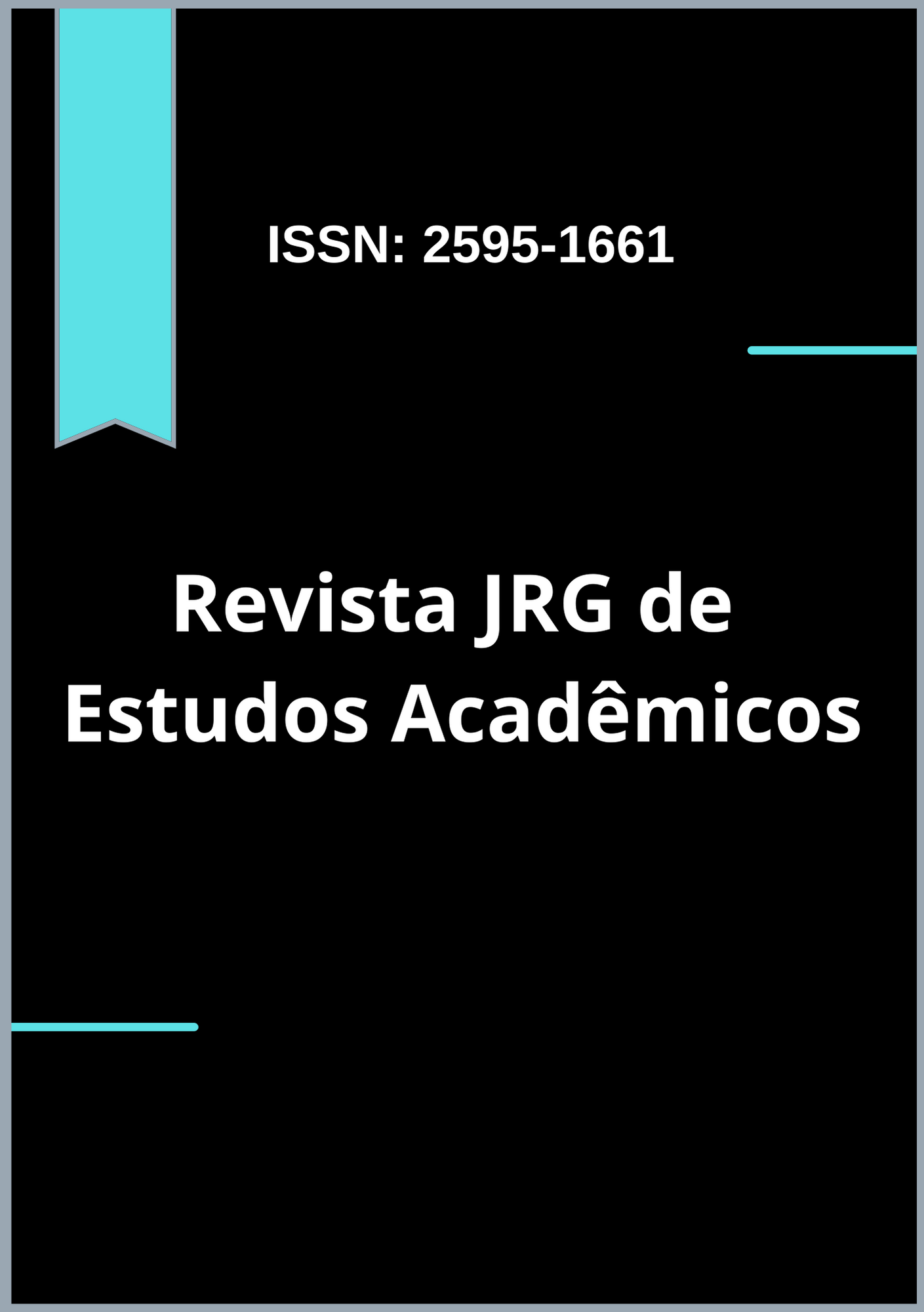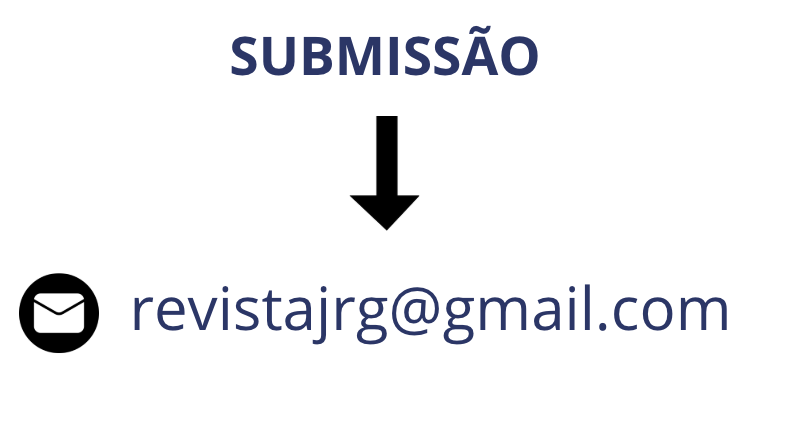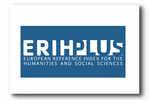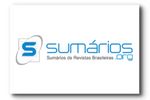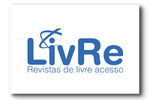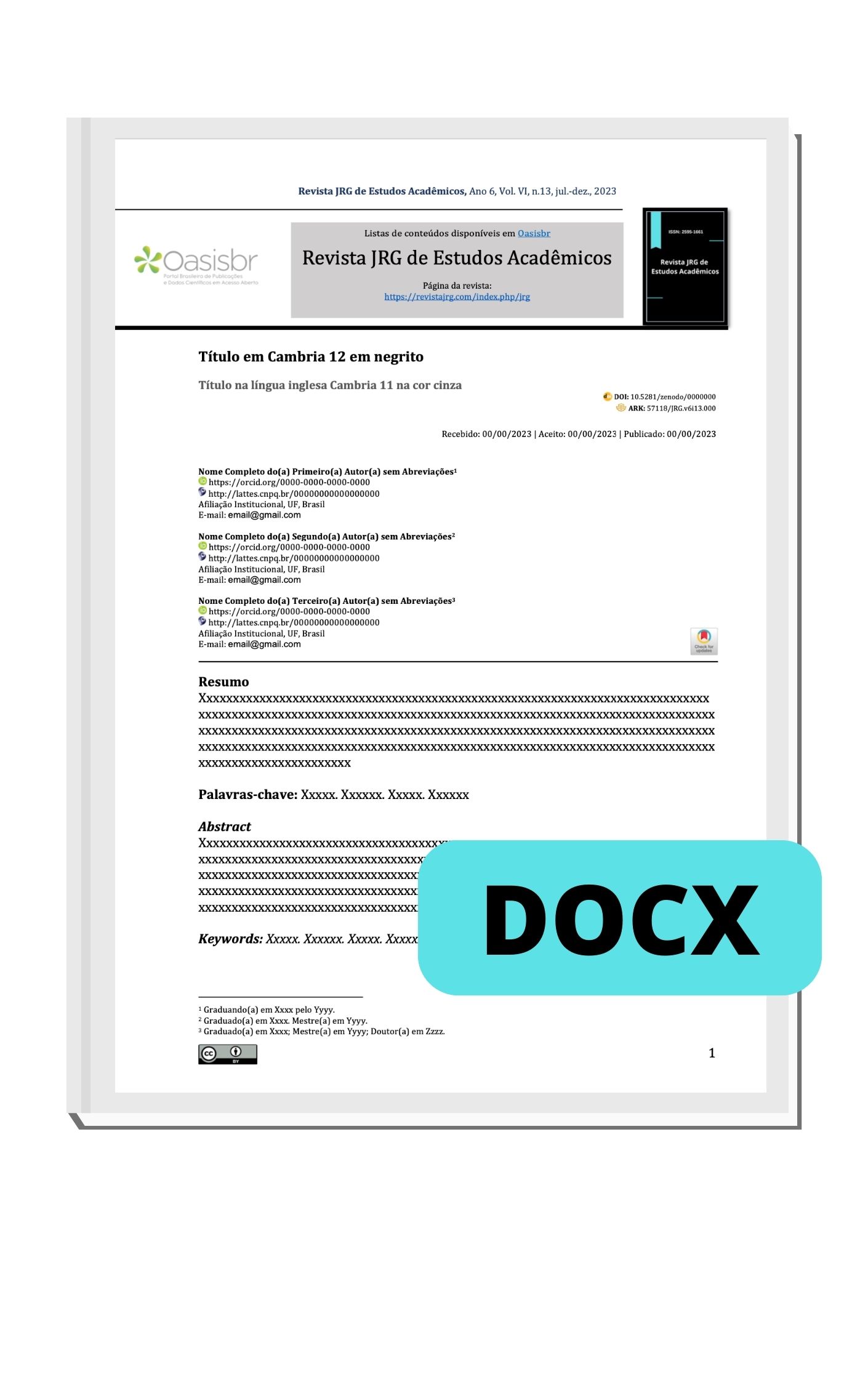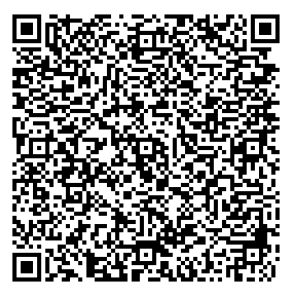Trends in access to medications for Myasthenia Gravis in Brazil, 2011 to 2023
DOI:
https://doi.org/10.55892/jrg.v8i19.2337Keywords:
Myasthenia Gravis. Access to Essential Medicines and Health Technologies. Health Information Systems. Time Series.Abstract
Objective: To identify access to medications for Myasthenia Gravis, a rare disease, in the Unified Health System. Methods: This is an ecological study, with a time series from 2011 to 2023, based on an analysis of the records of Authorizations for Outpatient Procedures in the Outpatient Information System, DATASUS. Demographic data and the type of medication authorized were analyzed, and the population-based access coefficient was calculated. Results: Given the total of 10,582 patients undergoing drug treatment, access showed an upward trend over the period [R2 = 98.4%; Durbin-Watson = 0.459, p < 0.01]. On average, the coefficient was 0.41 patients per 100,000 inhabitants. There was a predominance of females and patients aged 50 or over (p < 0.05). Azathioprine (29.3%) and pyridostigmine (27.4%) as monotherapy and in combination therapy (22.6%) were more frequent. Conclusion: For the period studied, it was possible to identify an increase in the number of new cases of the disease, accompanied by an increase in procedure authorizations for access to specific drugs. There are limitations in terms of underestimating cases. Above all, the use of secondary records proved to be strategic in describing access to medicines for rare and degenerative diseases in the Unified Health System.
Downloads
References
AVIDAN, N.; et al. Genetic basis of myasthenia gravis – A comprehensive review. Journal of Autoimmunity, v. 52, p. 146-153, 2014. https://doi.org/10.1016/j.jaut.2013.12.001
BAZONI, P. S.; et al. Consumo e gastos com medicamentos do Componente Especializado da Assistência Farmacêutica no Brasil no período de 2012 a 2021. Hygeia - Revista Brasileira de Geografia Médica e da Saúde, v. 20, p. e2011, 2024. https://doi.org/10.14393/Hygeia2068984
BRASIL. Ministério da Saúde. Banco de dados do Sistema Único de Saúde (DATASUS). Disponível em: http://www.datasus.gov.br. Acesso em: 04 nov. 2024.
Brasil. Ministério da Saúde. Portaria Conjunta nº 11, de 23 de maio de 2022. Aprova o Protocolo Clínico e Diretrizes Terapêuticas da Miastenia Gravis. – Brasília (DF): Diário Oficial da União, 2022. Disponível em: https://bvsms.saude.gov.br/bvs/saudelegis/saes/2022/poc0011_27_05_2022.ht. Acesso em: 04 nov. 2024.
Brasil. Ministério da Saúde. Portaria nº 1554, de 30 de julho de 2013. Dispõe sobre as regras de financiamento e execução do Componente Especializado da Assistência Farmacêutica no âmbito do Sistema Único de Saúde. – Brasília (DF): Diário Oficial da União, 2013. Disponível em: https://bvsms.saude.gov.br/bvs/saudelegis/gm/2013/prt1554_30_07_2013.html. Acesso em: 04 nov. 2024.
BRASIL. Ministério da Saúde. Resolução nº 338, de 6 de maio de 2004. Aprova a Política Nacional de Assistência Farmacêutica. – Brasília (DF): Diário Oficial da União, 2004. Disponível em: https://bvsms.saude.gov.br/bvs/saudelegis/cns/2004/res0338_06_05_2004.html. Acesso em: 04 nov. 2024.
CAMELO-FILHO, A. E.; et al. Teaching video neuroimage: reflex facilitation in lambert-eaton myasthenic syndrome. Neurology, v. 97, n. 11, p. e1168-1169, 2021. https://doi.org/10.1212/WNL.0000000000012180
CARR, A. S.; et al. A systematic review of population based epidemiological studies in Myasthenia Gravis. BMC Neurology, v. 10, n. 1, p. 46, 2010. http://www.biomedcentral.com/1471-2377/10/46
CHEN, J.; et al. Incidence, mortality, and economic burden of myasthenia Gravis in China: A nationwide population-based study. The Lancet Regional Health, v. 5, p.100063, 2020. https://doi.org/10.1016/j.lanwpc.2020.100063
CUNICO, C.; LEITE, S. N. Rare diseases: proposition of a list based on the Brazilian Health System. Expert Opinion on Orphan Drugs, v. 10, n. 1, p. 28-33, 2022. https://doi.org/10.1080/21678707.2022.2134008
DRESSER, L.; et al. Myasthenia Gravis: Epidemiology, Pathophysiology and Clinical Manifestations. Journal of Clinical Medicine, v. 10, n. 11, p. 2235, 2021. https://doi.org/10.3390/jcm10112235
ESTEPHAN, E. P.; et al. Congenital myasthenic syndrome: correlation between clinical features and molecular diagnosis. European Journal of Neurology, v. 29, n. 3, p. 833-842, 2022. https://doi.org/10.1111/ene.15173
FERREIRA, R. P.; et al. Financiamento da assistência farmacêutica no contexto do Sistema Único de Saúde de 2017 a 2022. Research Society and Development, v. 13, n. 2, p. e7213245023, 2024. https://doi.org/10.33448/rsd-v13i2.45023
GARCÍA-ESTÉVEZ, D. A.; et al. Epidemiología de la miastenia grave en la península ibérica y Latinoamérica. Revista de Neurología, v. 76, n. 2, p. 59-68, 2023. https://doi.org/10.33588/rn.7602.2021201
GARCÍA-ESTÉVEZ, D. A.; PARDO-FERNÁNDEZ, J. Myasthenia Gravis. Update on diagnosis and therapy. Medicina Clínica, v. 161, n. 3, p. 119-127, 2023. https://doi.org/10.1016/j.medcli.2023.04.006
GILHUS, N. E.; VERSCHUUREN, J. J. Myasthenia Gravis: subgroup classification and therapeutic strategies. The Lancet Neurology, v. 14, n. 10, p. 1023-1036, 2015. https://doi.org/10.1016/S1474-4422(15)00145-3
GOES, J. M.; et al. Atualizações e novas terapêuticas na Miastenia Gravis. Brazilian Journal of Surgery & Clinical Research, v. 44, n. 3, p. 119-222, 2023. Disponível em: https://www.mastereditora.com.br/periodico/20231104_163147.pdf
GONÇALVES, A. M. R. F.; et al. R. L. Barreiras e facilitadores para adesão à farmacoterapia em doenças crônicas: uma revisão de escopo. Ciência & Saúde Coletiva, v. 30, n. 2, 2025. https://doi.org/10.1590/1413-81232025302.02762023
IBGE. Instituto Brasileiro de Geografia e Estatística. Censo Brasileiro de 2024. Rio de Janeiro: IBGE, 2024. Disponível em: https://agenciadenoticias.ibge.gov.br/agencia-noticias/2012-agencia-de-noticias/noticias/41111-populacao-estimada-do-pais-chega-a-212-6-milhoes-de-habitantes-em-2024. Acesso em: 04 nov. 2024.
KIRBY, T. Brazil facing ageing population challenges. The Lancet, v. 402, n. 10415, p. 18-24, 2023. https://doi.org/10.1016/S0140-6736(23)02561-8
LIMA, A. C.; et al. DATASUS: o uso dos Sistemas de Informação na Saúde Pública. Refas - Revista Fatec Zona Sul, v. 1, n. 3, p. 16-31, 2015. https://www.revistarefas.com.br/RevFATECZS/article/view/27
MCGROGAN, A.; SNEDDON, S.; DE VRIES, C. S. The Incidence of Myasthenia Gravis: A Systematic Literature Review. Neuroepidemiology, v. 34, n. 3, p. 171-183, 2010. https://doi.org/10.1159/000279334
PUNGA, A. R.; et al. Epidemiology, diagnostics, and biomarkers of autoimmune neuromuscular junction disorders. The Lancet Neurology, v. 21, n. 2, p. 176-188, 2022. https://doi.org/10.1016/S1474-4422(21)00297-0
SILVEIRA, G. C.; et al. Electronic Marking Center in Consultations and specialized exams of the Public Health Network: analysis and intervention proposal. LIPH Science, v. 3, n. 1, p. 82-104, 2016. https://doi.org/10.6084/m9.figshare.28780943.v1
YANO, K. M.; et al. Limitações no uso do DATASUS como fonte de dados de pesquisas científicas. Revista Multidisciplinar em Saúde, v. 2, n. 4, p. 27, 2021. https://doi.org/10.51161/rems/2780
